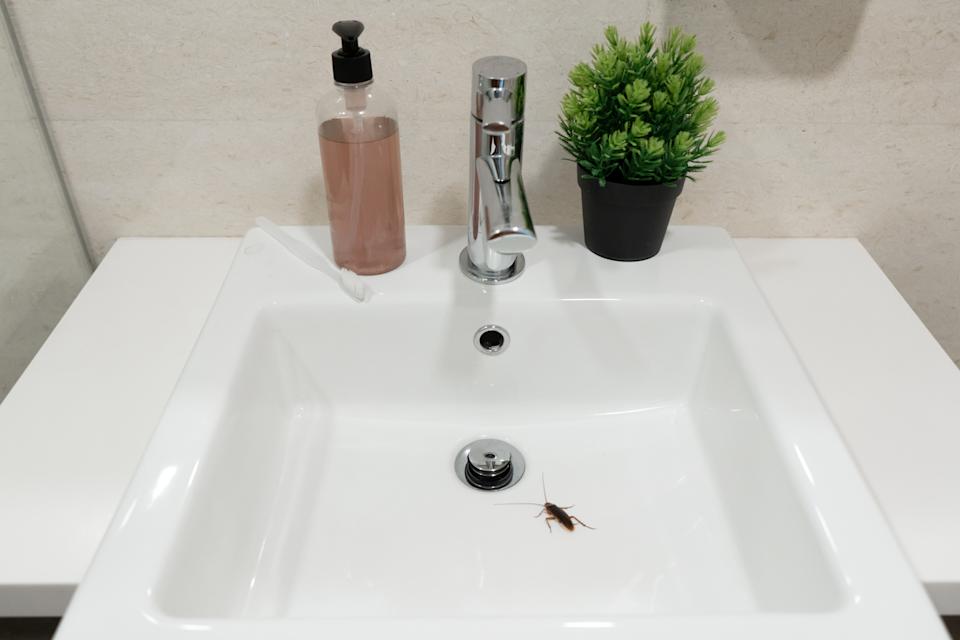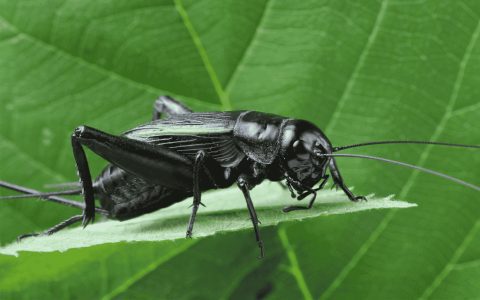The presence of very small black bugs in a bathroom typically indicates specific environmental conditions that favor their survival and reproduction. Identifying the type of bug is the first step towards effective control.
Common Small Black Bathroom Bugs
Drain Flies (Psychodidae): Often the primary culprits, drain flies are small, moth-like insects, approximately 1.5 to 5 mm long, with hairy bodies and wings. They are weak fliers and are commonly found resting on walls or near drains. Their larvae thrive in the gelatinous organic film that accumulates in drains, P-traps, and overflow pipes.
Fungus Gnats (Sciaridae & Mycetophilidae): These are tiny, dark, delicate flies resembling small mosquitoes, though they do not bite. Fungus gnats are drawn to dampness and fungi. In bathrooms, they can indicate issues with mold, mildew, or overly moist potting soil if plants are present. Their larvae feed on fungi and organic matter in damp soil or decaying material.

Springtails (Collembola): These minute, wingless hexapods (not true insects) are typically 1-2 mm long and jump when disturbed, using a spring-like appendage called a furcula. Springtails are attracted to extremely moist environments and feed on mold, mildew, and decaying organic matter. They can be found near leaks, in damp grout, under sinks, or in drains.
Key Attractants and Breeding Conditions
- Persistent Moisture: High humidity, condensation, leaky pipes, and poorly drained areas create ideal habitats.
- Organic Debris: Accumulations of hair, soap scum, skin cells, and other biological materials in drains, on surfaces, or in crevices serve as food sources and breeding media, particularly for drain fly larvae.
- Mold and Mildew: Fungal growth, common in damp bathrooms, directly feeds springtails and fungus gnats.
- Infrequent Cleaning: Neglected drains and hidden damp spots allow populations to establish.
Control and Prevention Strategies
- Eliminate Breeding Sites: Thoroughly clean drains using a stiff brush, followed by boiling water or an enzymatic drain cleaner to remove organic buildup. Avoid relying solely on chemical drain openers, which may not kill larvae effectively.
- Reduce Moisture and Humidity: Improve ventilation by using an exhaust fan during and after showers. Wipe down wet surfaces, repair leaks promptly, and address condensation issues. Consider a dehumidifier for chronic dampness.
- Regular Cleaning: Maintain a consistent cleaning schedule, focusing on showers, tubs, sinks, toilets, and floors. Pay attention to grout lines and areas prone to moisture accumulation.
- Seal Entry Points: Caulk and seal cracks, crevices, and gaps around pipes, fixtures, windows, and baseboards to prevent entry from wall voids or outdoors.
- Physical Removal: Use a vacuum cleaner to remove adult insects from walls and surfaces.
- Targeted Treatments: For persistent issues, consider using insect growth regulators (IGRs) in drains (if labeled for such use) or specific biocides for mold and mildew. Always follow product label instructions carefully.










